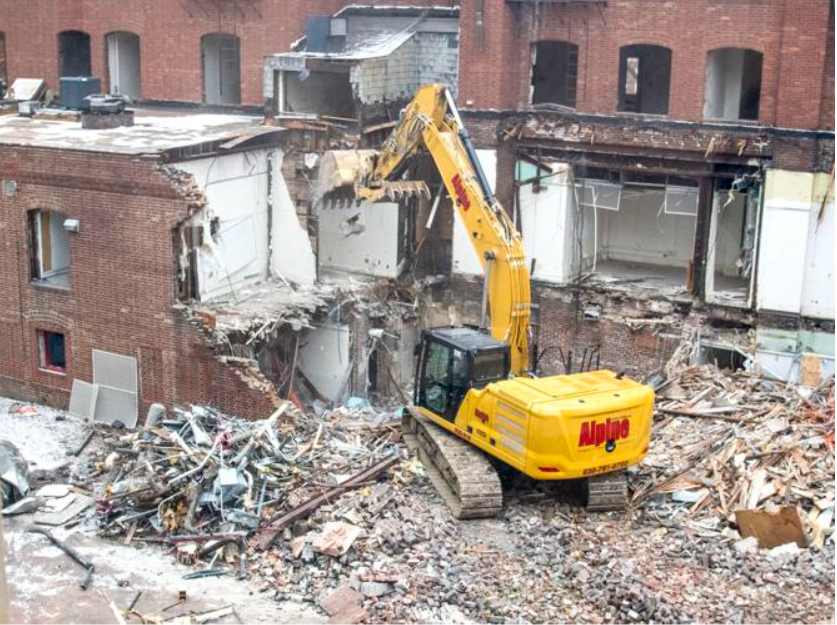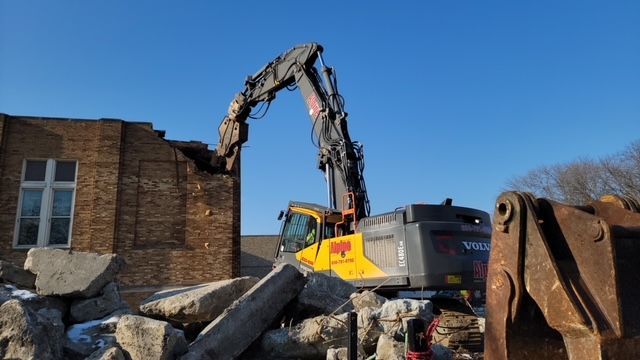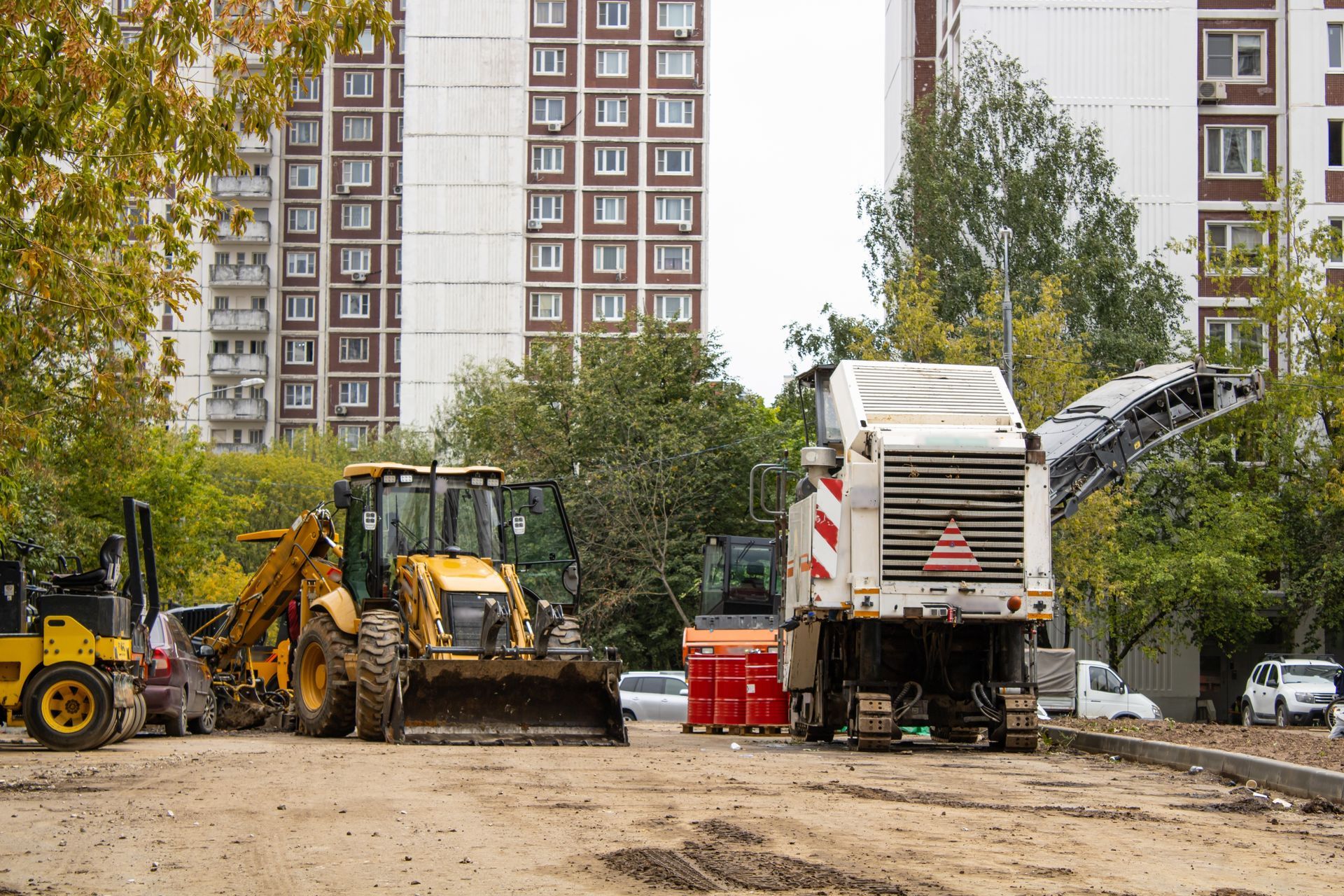How Technology is Revolutionizing the Demolition Industry
Share this article:
The Rise of Technology in Demolition
The demolition industry is undergoing a transformation. Once viewed as a purely manual, brute-force operation, demolition has evolved into a field where technology plays a central role. Innovations in tools, planning software, and safety systems have redefined how companies approach even the most complex teardown projects.
At Alpine Demolition, we have embraced this evolution. As one of the largest and most experienced demolition contractors in the Chicagoland area, our team has consistently integrated emerging technologies to enhance project outcomes. From high-rise deconstruction to selective interior demolition, technology allows us to work with greater accuracy, safety, and speed.
This shift is not just about keeping up with industry trends. It is about delivering better results for our clients. With advanced planning tools, modern equipment, and data-driven strategies, demolition has become more predictable and less disruptive. As regulations grow more stringent and expectations rise, technology helps Alpine stay ahead of the curve, offering a smarter and more reliable service every time.
How Modern Equipment is Changing the Game
Today’s demolition equipment looks very different from the machinery of the past. Advances in hydraulics, precision controls, and remote operation have made demolition faster, cleaner, and significantly safer. These machines are not just more powerful; they are also smarter.
Modern high-reach excavators, for instance, make it possible to safely dismantle tall structures while minimizing risk to crews on the ground. Specialized attachments like shears, pulverizes, and grapples allow teams to separate and process materials with greater speed and accuracy. This supports more efficient waste handling and recycling efforts.
With GPS and telematics systems now integrated into much of the heavy equipment, project managers can monitor fuel consumption, machine usage, and maintenance needs in real time. This level of insight improves both the efficiency and reliability of every phase of a job.
These tools are not only advancing productivity. They are also supporting a higher standard of safety, sustainability, and precision across demolition projects. For clients, this translates to tighter schedules, more accurate estimates, and the peace of mind that comes from knowing the work is being done with the most sophisticated equipment in the field.
Using Drones and 3D Imaging for Better Planning
Accurate planning is one of the most important phases of any demolition project. The use of drones and 3D imaging has transformed how sites are surveyed and prepared, making the process safer, faster, and more precise.
Drones can quickly capture high-resolution aerial images and video, allowing teams to assess a site’s layout and structural conditions without stepping into potentially hazardous areas. This not only enhances safety but also improves the quality and speed of data collection.

When combined with 3D imaging technology, that data becomes even more powerful. Detailed digital models of existing structures can be created to evaluate materials, identify potential risks, and design an effective demolition strategy. These models help stakeholders visualize the entire scope of the project and anticipate challenges before work begins.
This level of insight leads to more accurate estimates, fewer delays, and better communication throughout the project. For clients, it means greater transparency and confidence from day one. Planning powered by technology results in smoother execution and more predictable outcomes.
The Role of Robotics in Demolition Projects
Robotic systems are reshaping how demolition work is performed, particularly in settings that demand precision and enhanced safety. These compact, remote-controlled machines are well-suited for environments that are too hazardous or restrictive for traditional equipment.
Their strength lies in their versatility. Whether navigating tight interior spaces or handling tasks near unstable structures, robots can break concrete, cut steel, and clear debris with minimal human exposure. Because they are operated from a distance, crews stay out of harm’s way while maintaining full control over the work.

Consistency is another advantage. Unlike manual labor, robotic tools do not fatigue or lose accuracy over time. This is especially useful on projects where exacting detail and steady performance are required from start to finish.
Incorporating robotics into demolition operations not only elevates job site safety but also helps maintain project momentum in difficult conditions. The result is a smoother process, reduced downtime, and a stronger foundation for meeting project goals on schedule.
Why Data and Analytics Matter More Than Ever
Project teams rely heavily on accurate information to maintain control over timelines, budgets, and safety. Data and analytics have become essential tools for managing demolition work with greater efficiency and confidence.
Tracking equipment performance, site activity, and material volumes in real time gives supervisors the ability to respond quickly and keep operations running smoothly. Instead of reacting to issues after they occur, crews can anticipate problems and make adjustments before they affect the schedule.
This data-driven approach also improves communication across the board. When everyone has access to the same information, coordination becomes easier and expectations stay aligned. Reports can be customized to highlight progress, document compliance, or support key decisions with clarity.
Technology’s Impact on Sustainable Demolition
Sustainability plays a central role in demolition today, and technology is helping contractors meet environmental goals with greater precision and control.
Modern equipment reduces waste by targeting only what needs to be removed. Robotics and specialized attachments increase the amount of materials that can be recovered, while tracking systems support compliance and accurate reporting.
3D modeling and drone mapping contribute to better planning and reduce unnecessary movement on site, lowering fuel use and limiting disruption to surrounding areas.
These tools are part of Alpine Demolition’s commitment to responsible, forward-thinking demolition practices.
Reach out today to learn how our technology-first approach can support your
next project.



